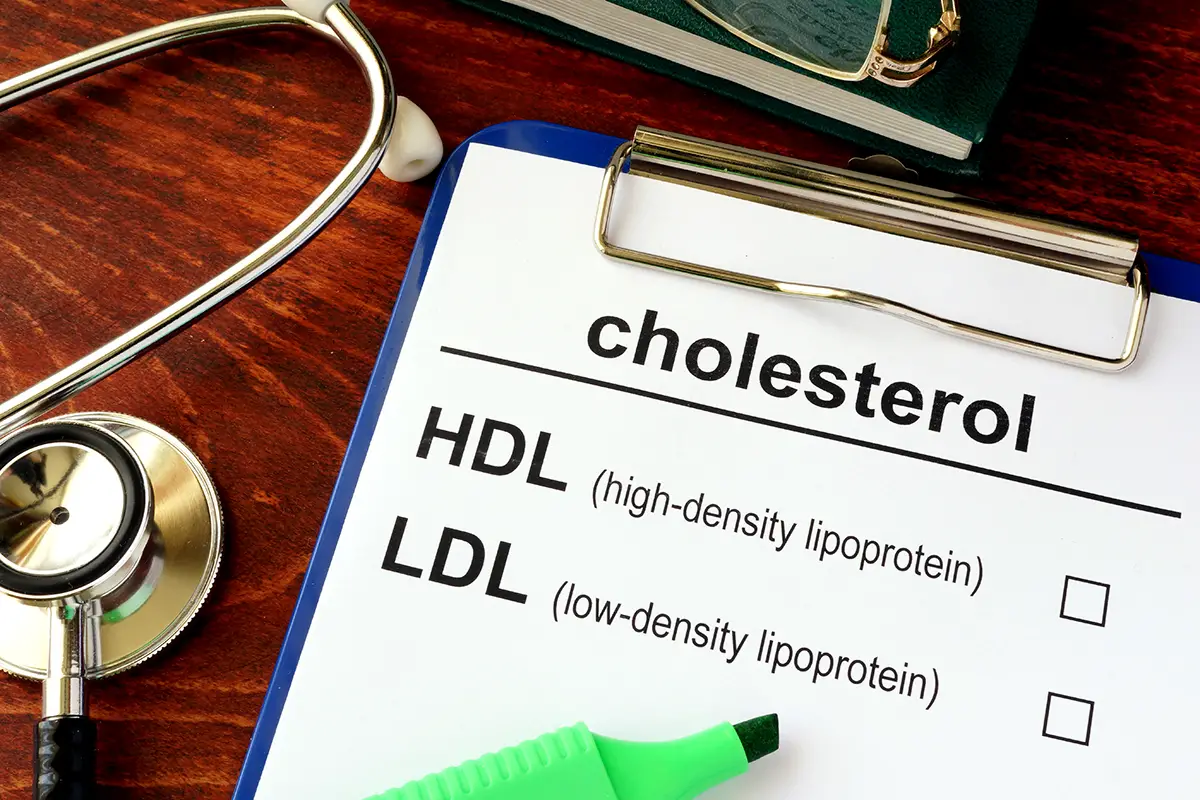Health
Understanding Your Cholesterol Test Results

As part of a routine examination or if they have reason to believe you may be susceptible to acquiring heart disease, your doctor may recommend that you get a cholesterol test. But do you understand the true significance of the lipid profile test results? Continue reading to see how to understand the data.
Who Needs to Undergo A Cholesterol Test?
A waxy, fatty-like material, cholesterol. All the cholesterol the human body requires is produced by your liver. But other foods, like those from animals, increase your cholesterol intake. If your body has excessive cholesterol, it can accumulate as “plaque” in the walls of the arteries and eventually harden.
Atherosclerosis is the process that causes the arteries to be narrow, which makes it more difficult for blood to flow through the vessels. Sadly, elevated cholesterol has no visible signs.
However, if atherosclerosis progresses, you may experience angina and severe chest discomfort caused by inadequate cardiac blood supply. A heart attack happens when a clogged artery is completely closed. A routine blood cholesterol test is the best way to determine your cholesterol level.
Understanding cholesterol test:
The typical cholesterol test also known as a “lipid panel” analyses three distinct types of fat in addition to the total amount of cholesterol in your blood:
-
LDL, or low-density lipoproteins:
This is the “bad cholesterol,” the main contributor to plaque formation, and raises your risk of developing heart disease. A smaller number is better. But when calculating a person’s absolute risk of suffering a heart attack or stroke, LDL cholesterol is just one component of a broader equation. For many years, recommendations focused on risk-reduction goals that people should hit. The most recent requests concentrate on an individual’s overall risk and suggest a specific percentage of LDL decrease as one component of a plan for preventing significant cardiac problems.
-
High-density lipoproteins:
This is the so-called “good cholesterol.” It moves harmful cholesterol from the circulation to the liver, where the body expels it. Another factor in determining your risk of a cardiovascular incident is your HDL. However, like with LDL, the focus has switched from goal values to techniques for lowering the overall risk. The higher the number, the better.
-
Triglycerides:
Another form of blood fat is triglycerides, and knowing the amount you have can reveal more about the state of your health. For example, your chance of developing diabetes, liver disease, and heart disease may increase if the levels of triglycerides are high.
Decoding the cholesterol test results:
It’s crucial to consider all the cholesterol test results, in addition to the total cholesterol result, if you have an elevated lipoprotein profile. This is because LDL and HDL levels are two of the most important signs of a developing cardiac condition. With the assistance of your doctor, of course, use the data provided below to interpret the results you received. You will better understand your likelihood of heart disease as a result.
Total blood cholesterol level:
- High risk: 240 mg/dL and above
- Borderline high risk: 200-239 mg/dL
- Desirable: Less than 200 mg/dL
Reduced HDL cholesterol and increased triglycerides:
Low HDL levels are frequently present in individuals with high triglyceride levels, a dangerous combination often associated with early heart disease. It is hereditary and usually affects persons who are overweight in their midsection.
Healthy triglyceride level:
These are typically the optimum triglyceride ranges for healthy persons. Before your blood test, you must fast for a certain amount, typically 10 to 14 hours.
How to prepare yourself for a cholesterol check?
The lab will only look at your total cholesterol levels and occasionally your HDL levels, if your doctor advises a “non-fasting” cholesterol test. You must present yourself at the lab and get some blood extracted for that test. However, the lab will evaluate your levels of LDL, HDL, triglycerides, and total cholesterol if your doctor recommends a “fasting” cholesterol test also known as a “lipid profile”.
You must stop eating for nine to twelve hours before the blood test for that test. Occasionally, a physician will request you do a non-fasting cholesterol test first. Then, based on the findings, doctors could ask you to come back for a more thorough lipid profile.
Final words:
Your doctor will likely advise lowering these levels with lifestyle modifications and occasionally medications if you have elevated cholesterol, high triglycerides, or an elevated level of blood fats. Your results should be compared to other heart diseases risk factors, such as high blood pressure, becoming overweight, smoking, and different medical disorders like diabetes.
You should already be taking statins or another cholesterol-lowering drug if you are at higher risk for developing cardiovascular disease, such as if you have already experienced a heart attack, stroke, or transient ischemic attack (TIA) or if you have peripheral vascular disease.



























